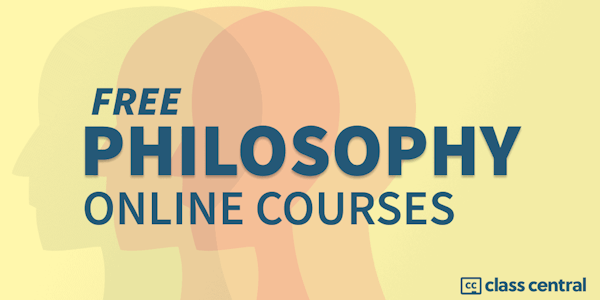To make sense of modern China, you simply cannot ignore Marxism. ‘From Mao to Now’ presents current topics that anyone who wishes to engage with China should know.
Rather than praising or condemning, the course focuses on building a deeper understanding of this history through two interwoven elements.
The first structures the course in terms of some ‘red tourism’ to the sites important to the communist revolution in the first half of the twentieth century.
Much of the course footage was filmed on location in China, including Shaoshan, Ruijin, Yan’an and important locations in Beijing, such as Tiananmen and the Nationalities Museum (minzuyuan).
The second element of the course will take those experiences and use them to help answer some fundamental questions:
- Is China socialist or capitalist today, or is it perhaps both at one and the same time?
- Is there such a thing as Chinese socialist democracy, and, if so, what is it?
- Does China have its own theory of human rights, drawn from the long Chinese tradition and Marxism?
- If the Chinese state is a form that has not been seen before, then what is it?



